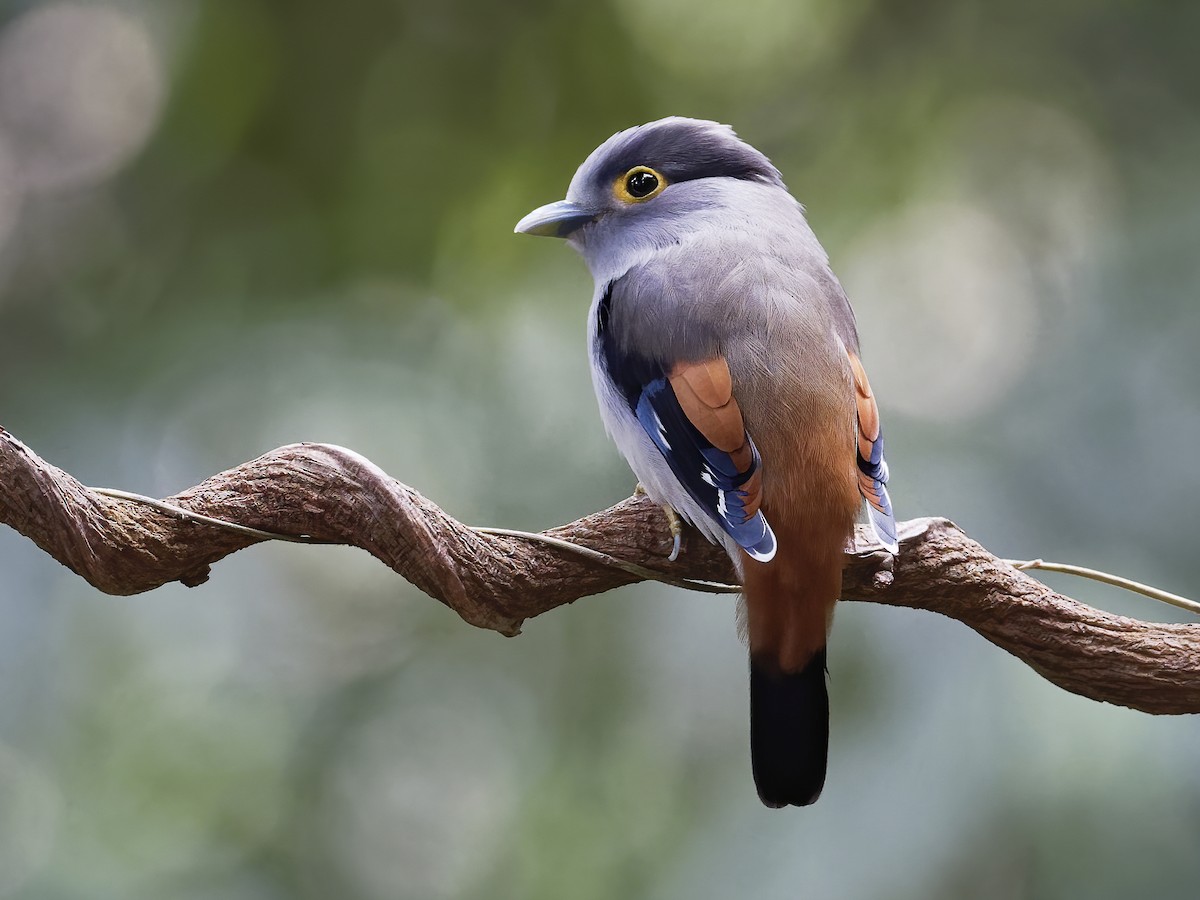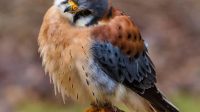Nature has endowed us with a staggering variety of avian species, each with its own unique appeal and attractiveness. Among these regal creatures, the Broadbill-Breasted (Calyptomena hosii) is a genuine jewel. This avian marvel never fails to captivate the hearts of birdwatchers and nature enthusiasts with its vivid colors and distinctive features. In this post, we will discuss the remarkable characteristics and significance of the Broadbill-Breasted.

Description and Habitat: The Broadbill-Breasted, also known as Hose’s Broadbill, is a small to medium-sized avian measuring about 22 centimeters in length. It possesses an immaculate plumage with a combination of vibrant hues. The crown of the male is a brilliant shade of turquoise blue, while the rear and wings are iridescent green. Its throat and breast are a vibrant golden yellow, lending it a sense of elegance. The female, on the other hand, possesses more subdued hues of green and yellow, yet she is just as entrancing.

This species of bird is located in the tropical rainforests of Southeast Asia, particularly in Indonesia, Malaysia, and Borneo. It prefers the dense lower-canopy levels of the forest, where it can effortlessly navigate through the vegetation in quest of its preferred diet.

The Broadbill’s Diet and Feeding HabitsBreasted is predominantly a frugivore, indicating that its diet consists primarily of fruits and berries. Nevertheless, it supplements its diet with insects and other tiny invertebrates. Its specialized mandible enables it to pick produce with precision, demonstrating its adaptability and ingenuity. By digesting a diversity of fruits, it plays a vital role in seed dispersal and contributes to the ecological equilibrium of its habitat.

Conservation Status and Importance: Despite its undeniable attractiveness, the Broad-billed Thrush confronts a number of threats in the wild. Destruction of its habitat due to deforestation and illegal wildlife trafficking pose major threats to its survival. In light of this, the International Union for Conservation of Nature (IUCN) has classified this species as “Near Threatened.” There are efforts to preserve its habitat and raise awareness about its conservation.

Pollination and pollen dispersal are crucial ecological processes in which the Broad-billed Thrush excels. Its presence in the ecosystem of a tropical rainforest helps sustain the equilibrium of plant diversity and ensures the survival of other species. Moreover, its captivating appearance makes it a popular subject for birdwatchers, contributing to ecotourism and nurturing a greater appreciation for nature.







